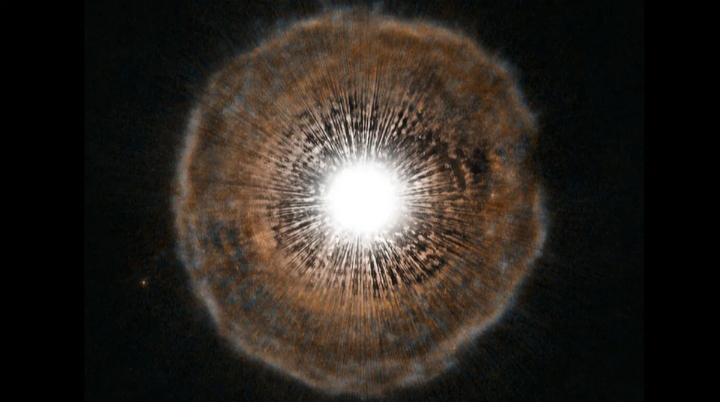Scientists Say They Solved the Problem of the Expansion of the Universe.
How quickly is the universe growing? Scientists employed two distinct approaches to find two somewhat dissimilar solutions to this question, and this discrepancy is what they refer to as the “Hubble tension.”
There are two groups of astrophysicists, one of which believes that this response discrepancy is important and that new physics is required to account for it.

Some people blame the different approaches. According to a new research, the difference might not even be all that different.
The cosmos is expanding at a pace determined by the Hubble constant. Our understanding of the age and evolution of the universe can be improved by knowing this number. Two methods were employed by scientists to arrive at this figure.
In one, they observed the dim light that was left over from the Big Bang. This light, known as the cosmic microwave background, was measured using telescopes both on the ground and in space.
The data were used to calculate the Hubble constant today by feeding them into the “standard model” of the early cosmos. The response is 67.4 km/s/Mpc, or megaparsecs per second.
The second technique involves observing neighboring stars and measuring their rate of outward motion.
Wendy Freedman and her colleagues at the University of Chicago examined Cepheid stars using the Hubble Space Telescope in 2001. The Hubble constant was discovered to be 72 km/s/Mpc.
Over the years, Freedman and her colleagues continued to study Cepheids, but in 2019 they made the decision to double-check their methodology by studying stars known as “red giants.”
These enormous, brilliant stars achieve their maximum brightness before fading quickly. The actual peak brightness can be used to calculate distances to the host galaxies.
But precise measurements are required. As a result, Freedman and her colleagues tested four different measuring techniques on various stars and galaxies and discovered that they were all accurate to within 1% of the true value.
The Hubble constant was then calculated using red giants and found to be 69.8 km/s/Mpc, which is significantly closer to the value discovered by measuring the cosmic microwave background.
The Cepheid stars have always been a little noisier and a little more complicated to fully understand because they are young stars in the active star-forming regions of galaxies, which means there is potential for things like dust or contamination from other stars to throw off your measurements, according to Freedman, who explained the reason for differences in two values her team derived.
Freedman is optimistic that the data will improve soon after the James Webb Space Telescope is launched because of its increased resolution and sensitivity.
Freedman said, “There is still some opportunity for novel physics, but even if there isn’t, it would demonstrate that the conventional model we now have is essentially accurate, which is also a significant conclusion. The research will appear in the Astrophysical Journal.
This article was originally published in Interesting Engineering.




0 Comments